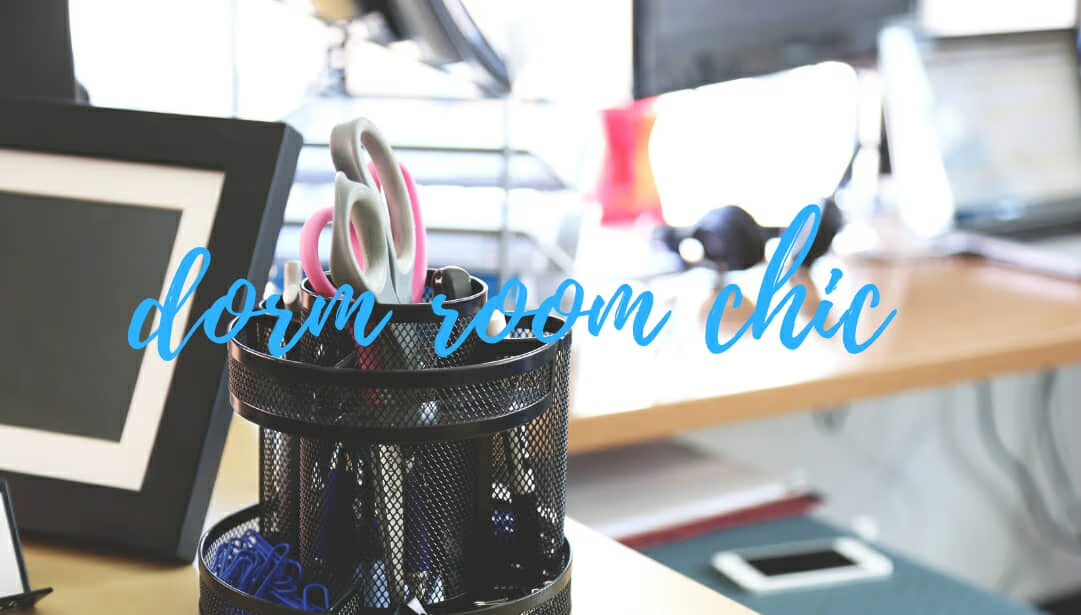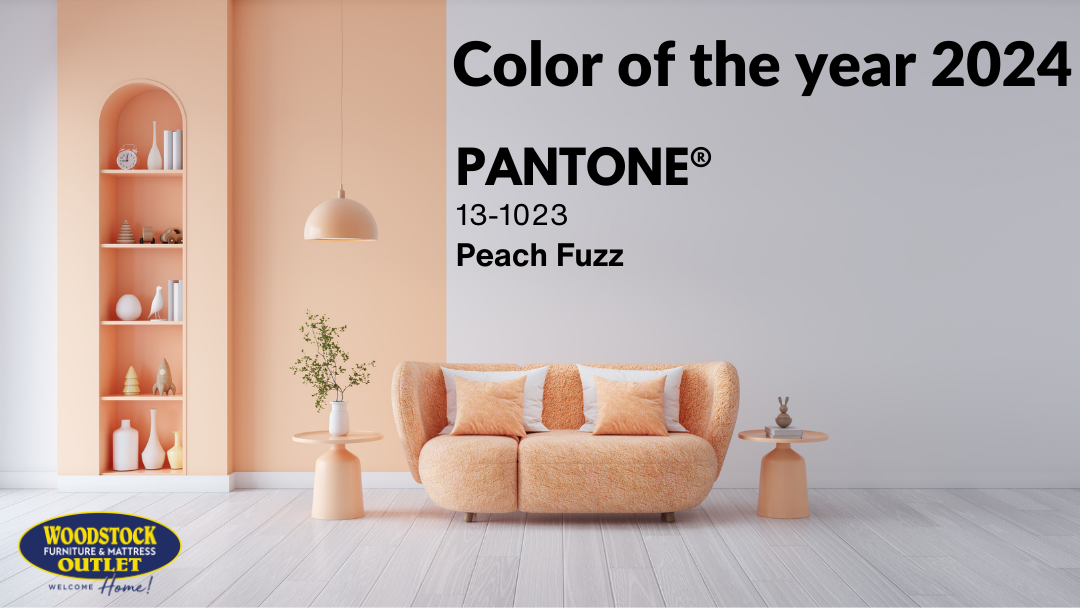Have you ever been shopping for a leather sofa or chair and been absolutely baffled by the conversation with your salesperson? Perhaps you’re in the market for leather furniture as we speak. You may be thinking, “I just want to buy a sofa, and this guy (or gal) keeps using a bunch of meaningless leather lingo.” What is full grain leather anyway? Or for that matter, what is top grain leather? Are they really different? Does it even matter?
When it comes to grading real, authentic leather, you can sort everything into 3 main categories. These leather grades for furniture are full grain leather, top grain leather, and split leather.

Full Grain Leather vs Top Grain Leather vs Split Leather
There are plenty of misunderstandings when it comes to leather. That’s because the leather industry has its own unique vocabulary — and it can get a little overwhelming. However, here at Woodstock Furniture & Mattress Outlet, we don’t want you to get lost in the language.
Whether we’re discussing the 3 types of leather finishes or the different grades of leather, we want to educate our shoppers. Why? Because it’s our experience that whether you buy from us or someone else, informed customers have a much better furniture shopping experience.
By the end of this short article, you’ll have a much better grasp of leather grades and leather quality. But perhaps more importantly, you’ll have a better sense of what grade leather upholstery is right for you.
Understanding the Leather-Making Process

First however, in order to understand what separates these different grades of leather, it’s important to understand a couple things about the leather crafting process. Long before they are considered leather, the cow skins used to make leather are called “raw hides”. When these raw cow hides are first processed at the tannery, they undergo a process called “liming”.
This chemical process removes all hair from the raw hide’s surface. Every leather goes through this process, because without it, the hides are never truly leather. After liming and several other tanning processes, the resulting leather is sometimes cut or split into several thinner layers. How (or if) this is done determines the grade or quality of the leather.
What is Full Grain Leather?

If leather were produce at the grocery store, full grain would be top-end, certified organic.
Full grain leather is pure, uncut leather with only the hair removed. As a result, it is the thickest and most authentic grade of leather. This is because all of the natural characteristics of the leather remain intact – from pores, to scars and bug bites, to natural folds in the skin. It is also the most durable. These features make full grain the most expensive grade of leather.
Although full grain leather is pigmented on rare occasions, this leather is usually dyed with translucent aniline dyes or semi-translucent semi-aniline dyes. This allows the end product to really showcase the natural beauty of this luxurious leather.
What is Top Grain Leather?
Remember that leather splitting process we talked about above? Here’s where it comes into play.

When leather is split into multiple layers, the top surface layer where the hair was removed, or first cut, is called top grain leather. This means that top grain still retains much of the natural character of the leather on the exterior surface — much like full grain leather. When it comes to finishes, top grain leathers are usually finished as pigmented or semi-aniline leather, although in rare cases it is considered suitable for aniline treatment.
Top grain leather is thinner, more affordable, and a little less durable than full grain leather. A common misconception is that top grain leather is the highest quality leather available. This is understandable due to the word “top” being included in the name. While top grain is generally very high quality, it is still a step down from full grain leather.
Bonus Fact: Nubuck leather is a specific type of top grain leather where a thin top layer is buffed away to give the leather a slight fuzzy, velvety feel. It feels somewhat similar to suede, but is higher quality.
What is Split Leather?
When the leather is cut or split to create top grain leather, what happens to the rest of the hide? Glad you asked! That finally brings us to split leather. Where top grain leather is the first cut of the hide, split leather is a catch-all term used to describe the second and sometimes third cuts of a hide.
Unlike full grain leather and top grain leather, split leather doesn’t have the same natural look or feel. This is because the surface of a split leather is technically an interior layer of the hide. So things like pores, lines on the skin, etc. are entirely absent unless they are artificially embossed or impressed onto the leather.
Split leather is the lowest quality of these 3 grades and is typically only used to make pigmented leather products. That being said, split leathers are much more affordable. Sometimes split leathers are used instead of vinyl leather match for trim or other areas of nicer leather furniture less prone to regular wear — such as the sides or back of a sofa.
What is Genuine Leather? How about Suede?
Split leather is also often called “genuine leather”. Unfortunately, this is yet another misleading leather industry term. When someone hears the word “genuine” they think, “Oh, well this must just mean that it’s the real deal”. But in reality, genuine leather is a specific industry term used only to describe lower quality split leathers.
Similarly, suede is also a split leather. The soft, fuzzy hand feel of suede is the direct result of the leather splitting process. As you’re likely aware, suede and other split leathers are most commonly used for making shoes or other apparel.
[Editor’s Note: One kind of “leather” customers ask about that has fallen out of fashion and common use in our industry is something called bonded leather. In our opinion, it doesn’t really belong in this conversation because it’s an inferior material and not real leather. Bonded leather is made of leftover leather scraps held together with a polyurethane adhesive mixture.]
Which Grade of Leather is Right for Your New Leather Chair, Sofa or Sectional?
Now that you know about the 3 grades of leather, which do you think is the best for your upholstery needs?
If durability and luxurious feel is most important to you, consider something made with a premium full grain leather. For the most affordable real leather upholstery on the market, a pigmented or protected split leather may be the answer. However, for the best compromise of durability, style and affordability, you may want to consider a high quality top grain leather.
To take the next step on your leather learning journey, please check out our resource on leather finishes where we discuss aniline, semi-aniline and pigmented leather in depth. For our full lineup of split leather, top grain, and full grain leather furniture, visit Woodstock Furniture & Mattress Outlet today!









